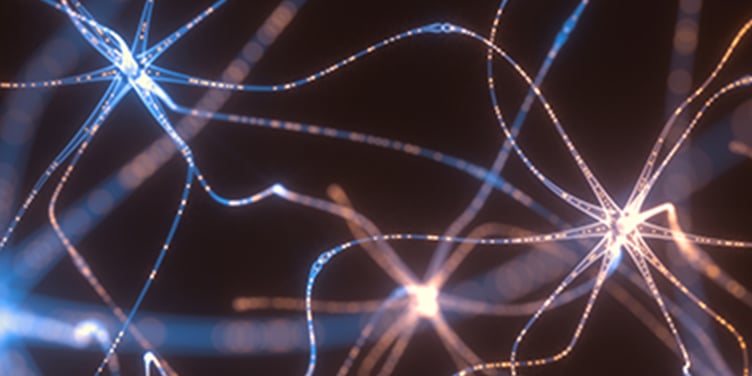
Tetralogy of Fallot
Tetralogy of Fallot is a combination of four heart defects that can result in a baby turning blue or cyanotic because of a lack of oxygen in the blood. It usually is diagnosed in infancy.
The heart consists of four chambers: the two upper chambers, called atria, where blood enters the heart; and the two lower chambers, called ventricles, where blood is pumped out of the heart. Valves that act as one-way doors control the flow between the chambers and between the arteries. The heart also has been pictured as two side-by-side pumps with one side pumping blood into the lungs and the other side pumping blood from the lungs back to the body.
Blood is pumped from the right side of the heart up through the pulmonary valve and the pulmonary artery to the lungs, where the blood is filled with oxygen. From the lungs, the blood travels back down to the left atrium and left ventricle and is then pumped through another big blood vessel called the aorta to the rest of the body.
Our Approach to Tetralogy of Fallot
UCSF provides comprehensive, highly specialized care for adults living with heart defects such as tetralogy of Fallot. Our dedicated team of experts offers a wide array of services, including thorough medical evaluations, advanced treatments, long-term monitoring, and personalized recommendations on diet, exercise, psychosocial support and family planning.
Awards & recognition
-

Among the top hospitals in the nation
-

One of the nation’s best in cardiology & heart surgery
UCSF Health medical specialists have reviewed this information. It is for educational purposes only and is not intended to replace the advice of your doctor or other health care provider. We encourage you to discuss any questions or concerns you may have with your provider.





